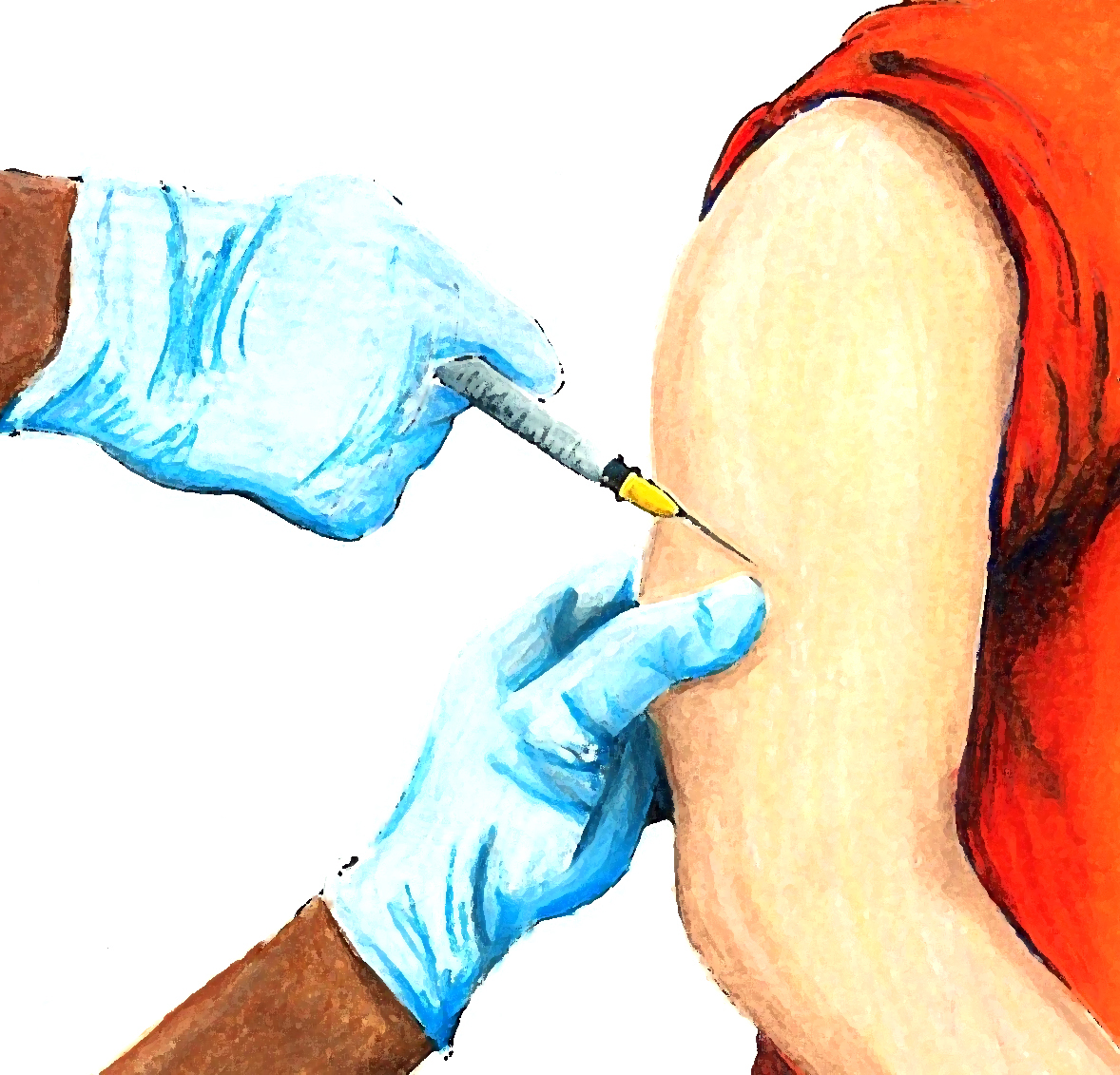
Recent Yale-led research shows that increasing vaccination rates of the new, nonavalent HPV vaccine — which protects against nine different strains of HPV — in low-coverage areas like Utah, Tennessee and Mississippi would be a cost-effective way to reduce cancer rates nationally.
Researchers developed an age-structured compartmental model of HPV infection, cervical cancer and vaccination rates across the United States. The researchers factored in interstate migration, which is a key factor in determining the efficacy of herd immunity — when a population with high vaccination rates protects unvaccinated individuals within the group. In order to ensure the accuracy of the statistical model, the researchers broke citizens into 24 different age groups and quantified estimated numbers of sexual partners, rates of vaccination and susceptibility to HPV. They concluded that switching to the new vaccine, which covers nine strains of HPV compared to the previous version’s four-strain coverage, and targeting areas with low vaccination rates would be a cost-effective way to reduce rates of cervical cancer.
“The new nonavalent HPV vaccine, which targets nine HPV types compared to two or four types in older vaccines, is cost-effective despite the greater per-dose of the new vaccine,” said David Durham, study co-author and a researcher at the Yale School of Medicine. “Furthermore, as a result of the indirect benefits of vaccination in reducing the rate of HPV transmission, policies promoting vaccination will be much more effective if targeted in those states with the lowest coverage compared to states with the highest coverage.”
Utah, Tennessee and Mississippi have some of the lowest coverage rates in the country while California and North Carolina have some of the highest rates.
According to the study, which was published on April 18 in the Proceedings of the National Academy of Sciences of the United States of America, the new vaccine, which comes in three doses, is a few dollars more expensive than past vaccines. However, the amount of federal money saved in cancer treatment offsets the new expense, with per capita savings ranging between $1.84 and $4.40.
The Centers for Disease Control recommends routine HPV vaccination for 11- or 12-year-olds, Durham said. Although the vaccine has been proven effective, the U.S. vaccination rates for the HPV vaccine are considerably low compared to other vaccines, ranging by state from 20 to 60 percent coverage of the recommended population. Durham noted that some physicians are reluctant to broach the subject with parents, as it involves discussing adolescent sexuality. One approach that has been suggested is to present these vaccines as vaccines against cancer, rather than as vaccines against sexually transmitted infections, he added.
According to the CDC, HPV is so common that nearly all sexually active men and women get some form of the virus at some point in their lives. It can be transmitted even when the infected person has no signs or symptoms, and even when couples use condoms correctly, since HPV can infect areas that are not covered by condoms. When an infection with a carcinogenic HPV type does not clear spontaneously, it can promote changes in the infected cells that, if undetected, may develop into cancer, Durham said.
As compared with previous vaccines, which protected against two and four HPV types respectively, the new nonavalent vaccine protects against an additional 18 percent of vaginal, 14 percent of vulvar, 9 percent of penile, 8 percent of anal and 6 percent of cancers of the throat, Durham added.
Chris Bauch, study co-author and a professor of applied mathematics at the University of Waterloo in Canada, said he has worked on infectious disease modeling for years.
“[I think the model] will stimulate further research into the economics of cross-jurisdictional vaccination policies for cervical cancer and other diseases,” Bauch said.
Durham noted that since their study focused primarily on HPV and cervical cancer, the economic benefit would likely be higher than the study projected when other related cancers, such as oropharyngeal cancers and anal cancers, are taken into account.
According to the CDC, every year approximately 17,600 women and 9,300 men are affected by cancers caused by HPV.







